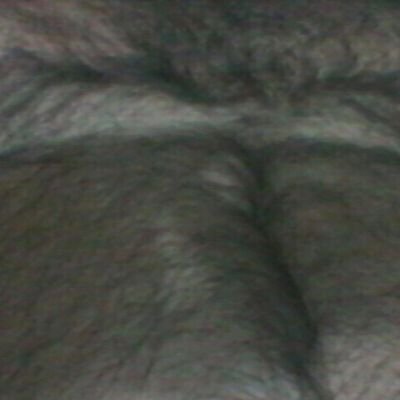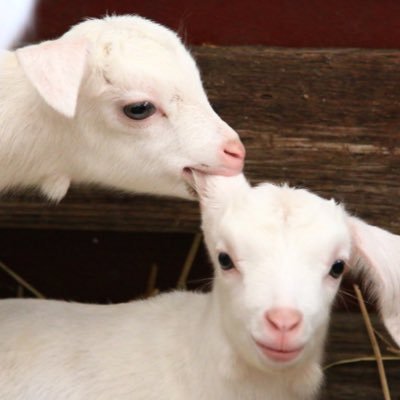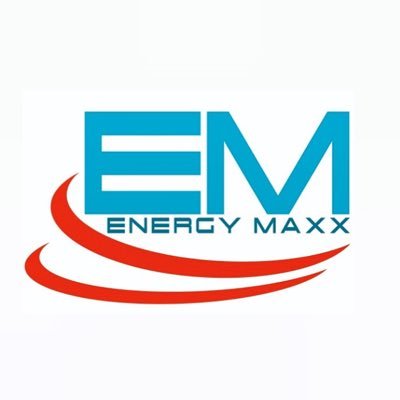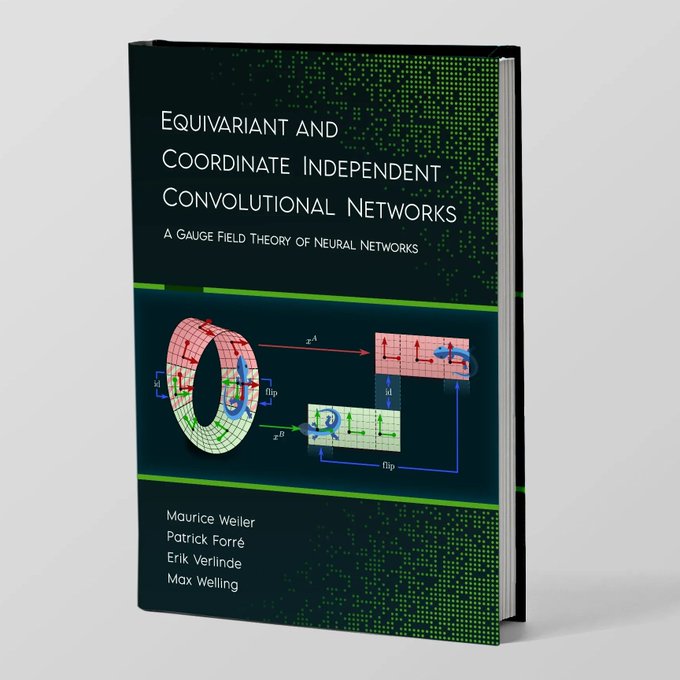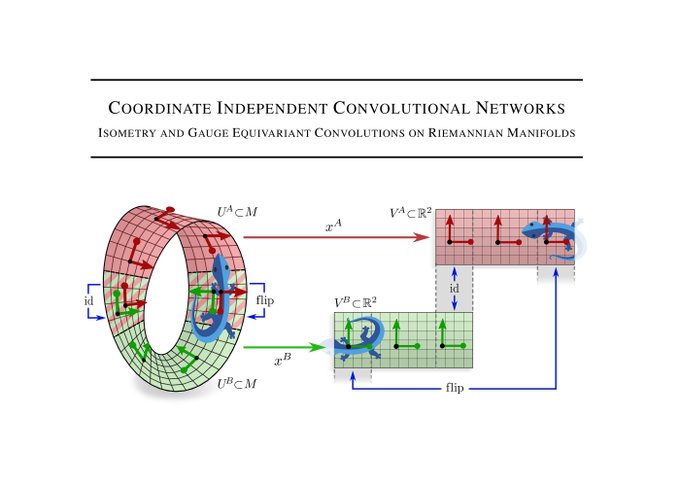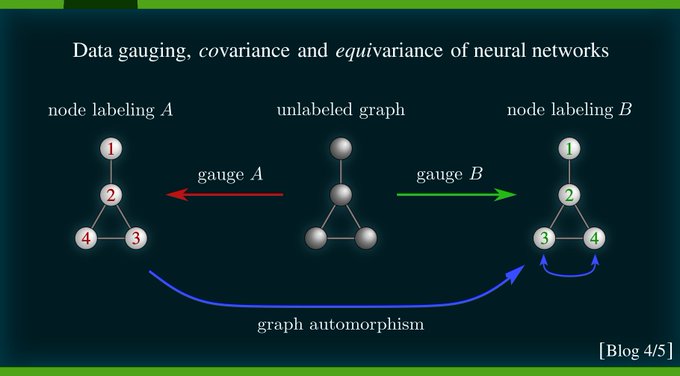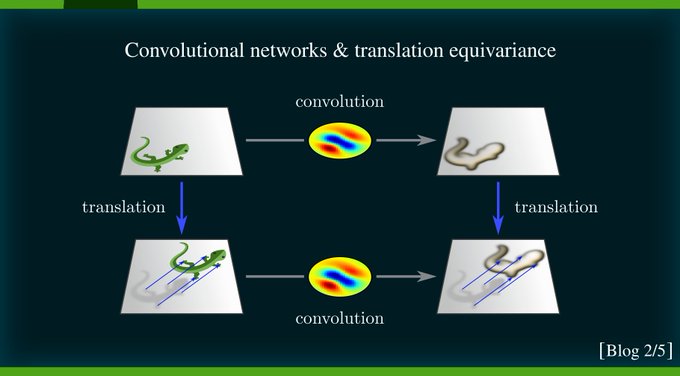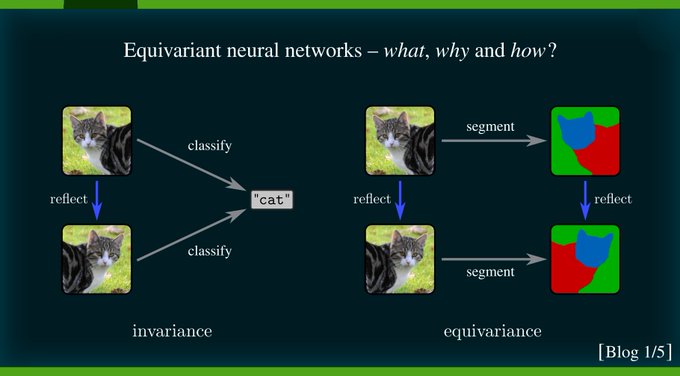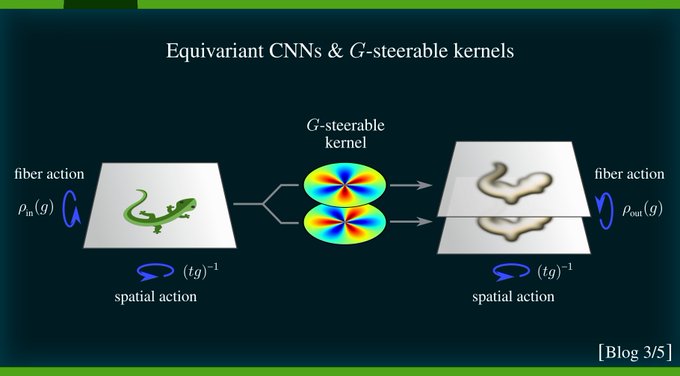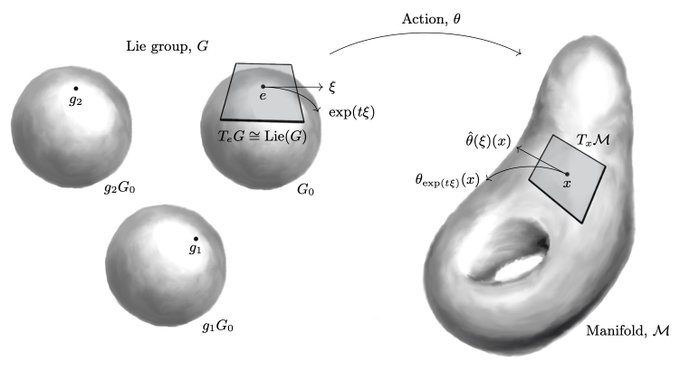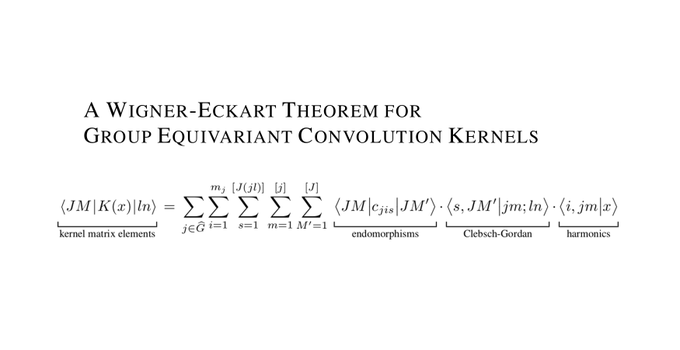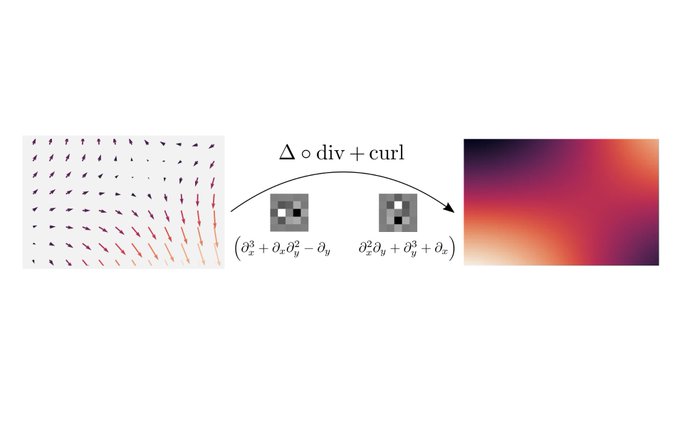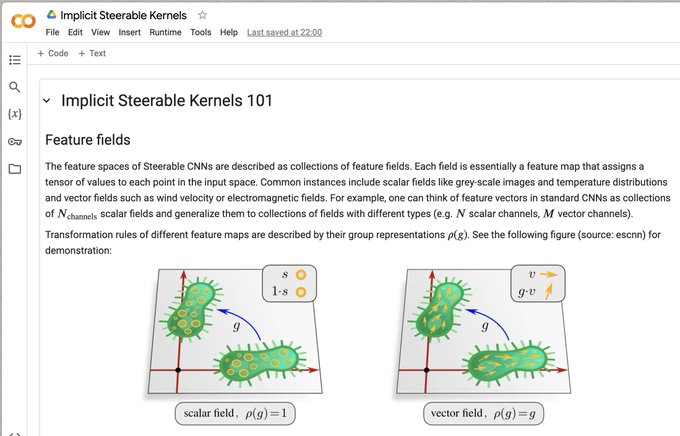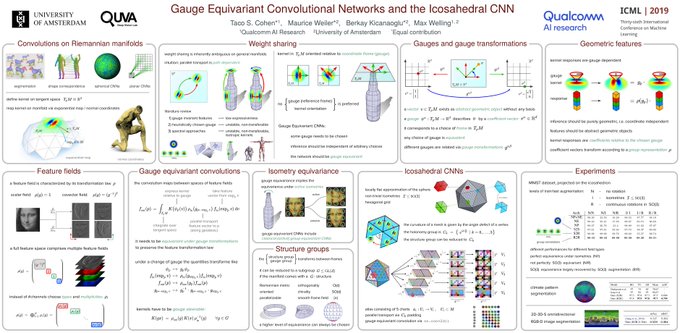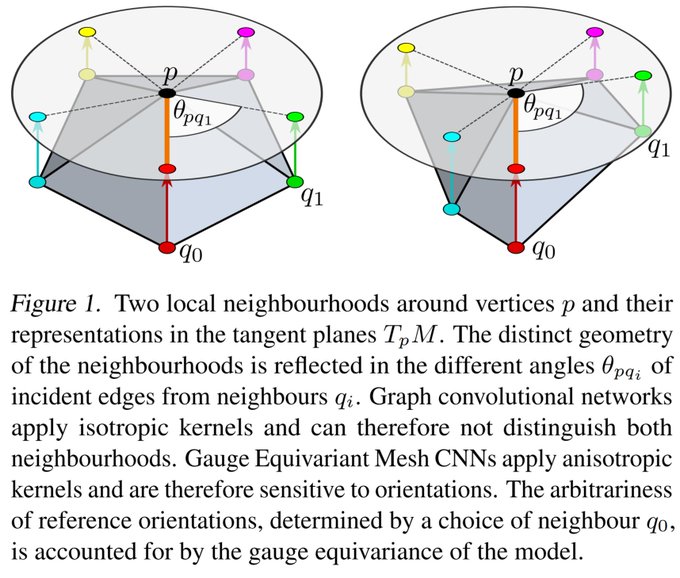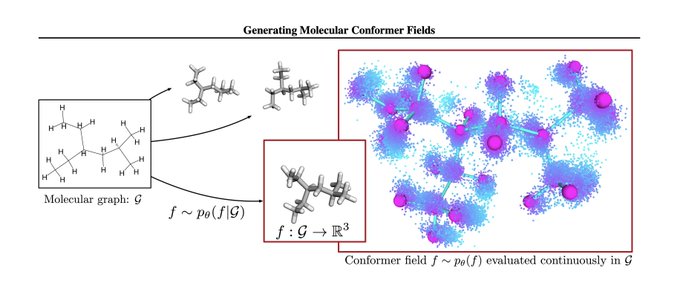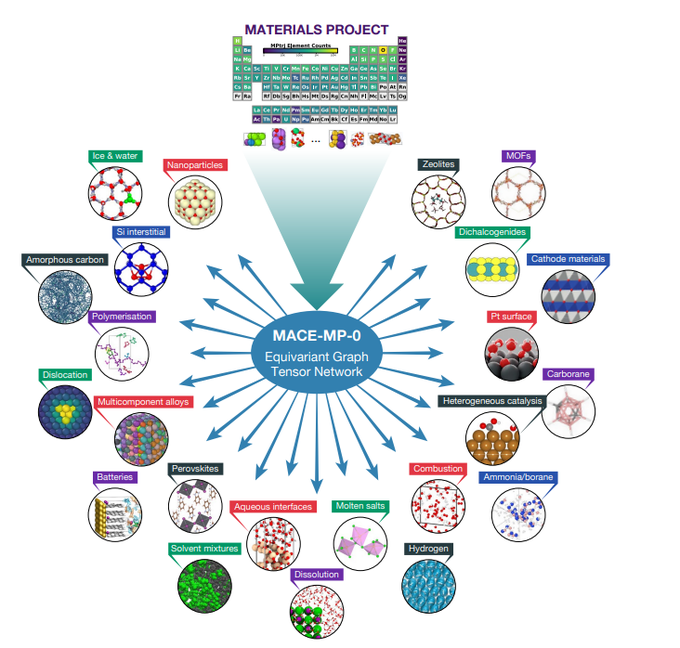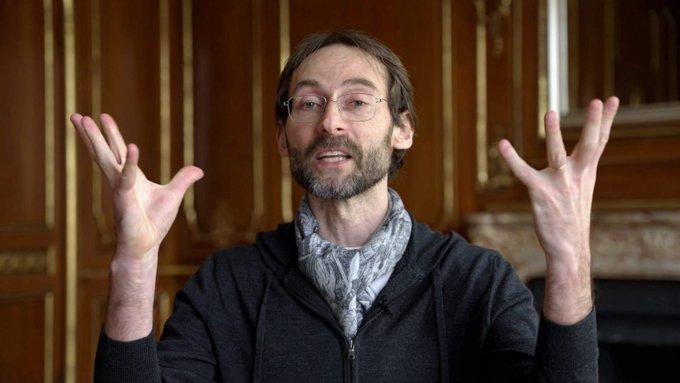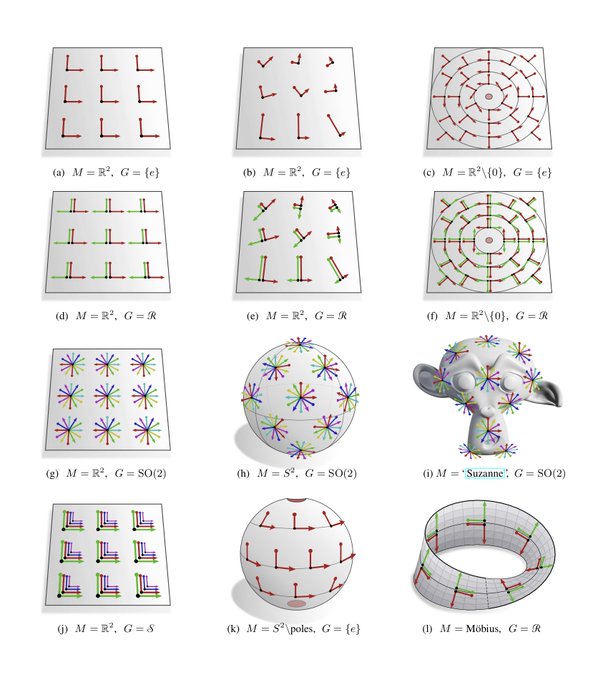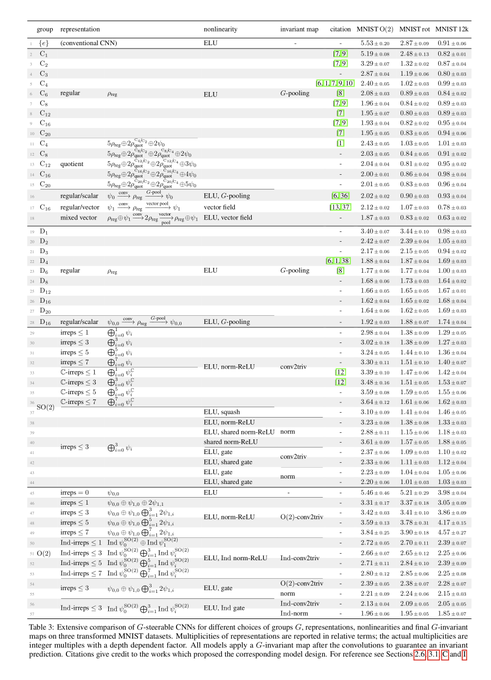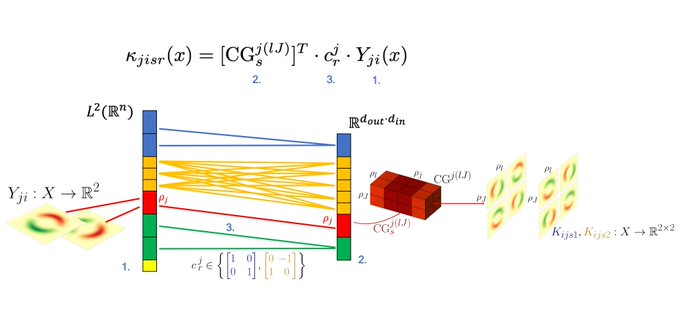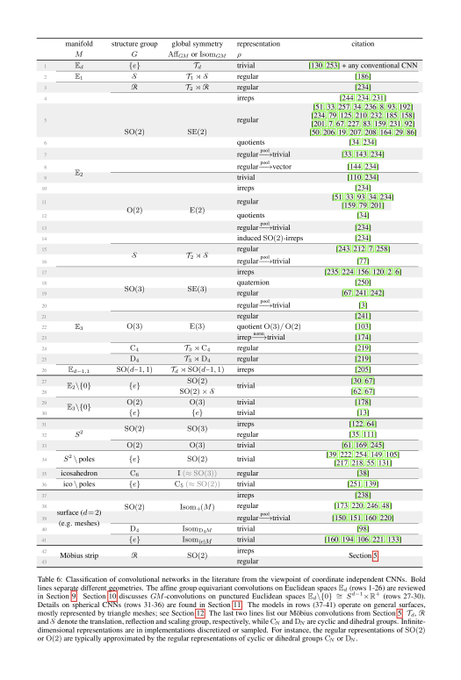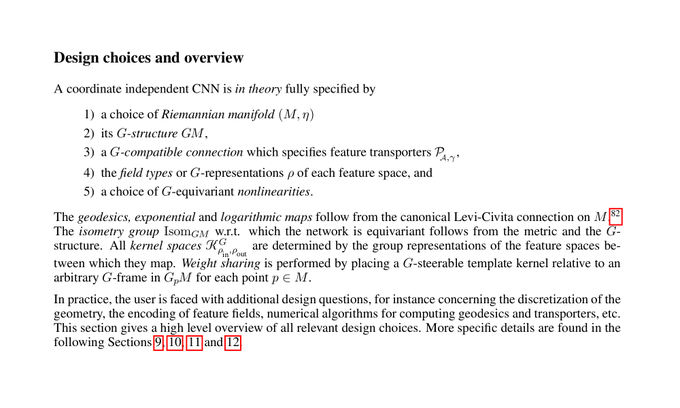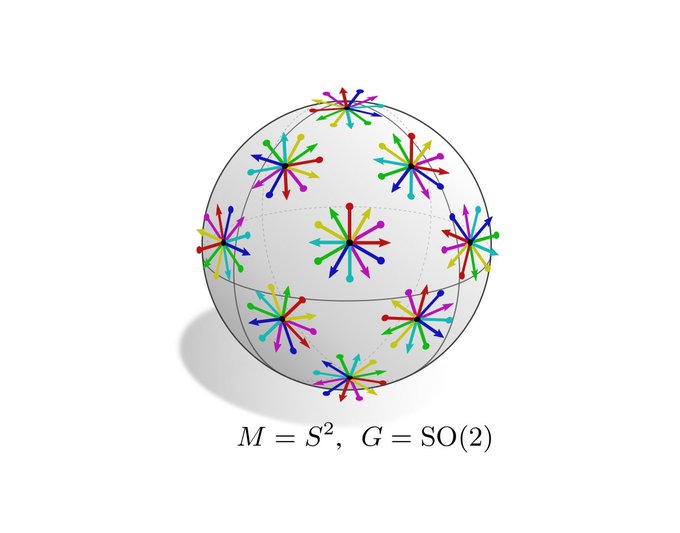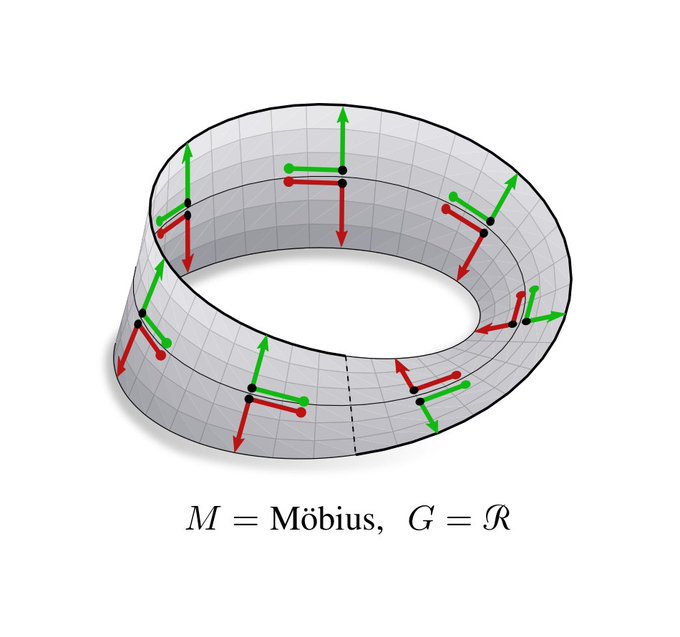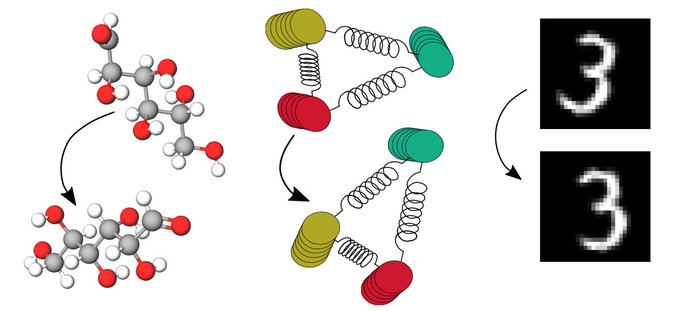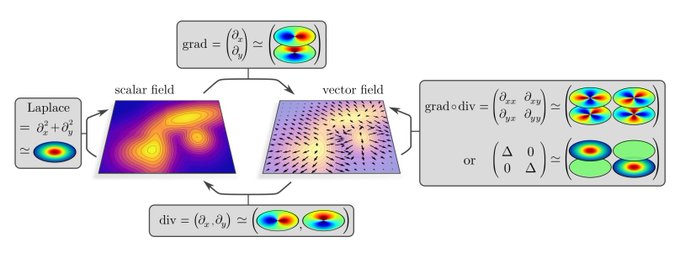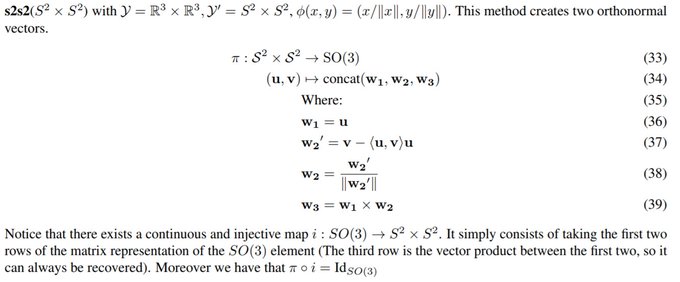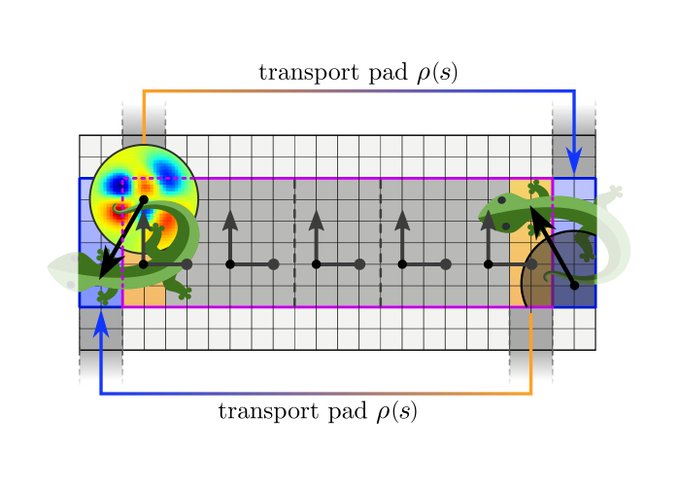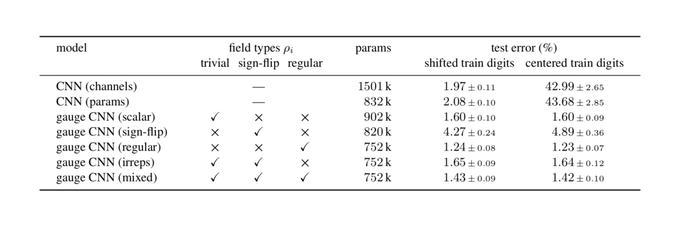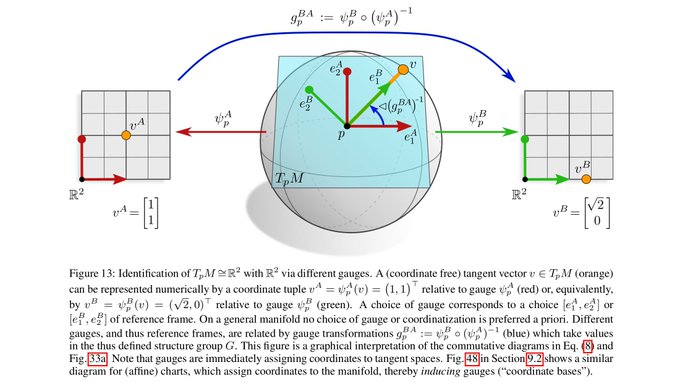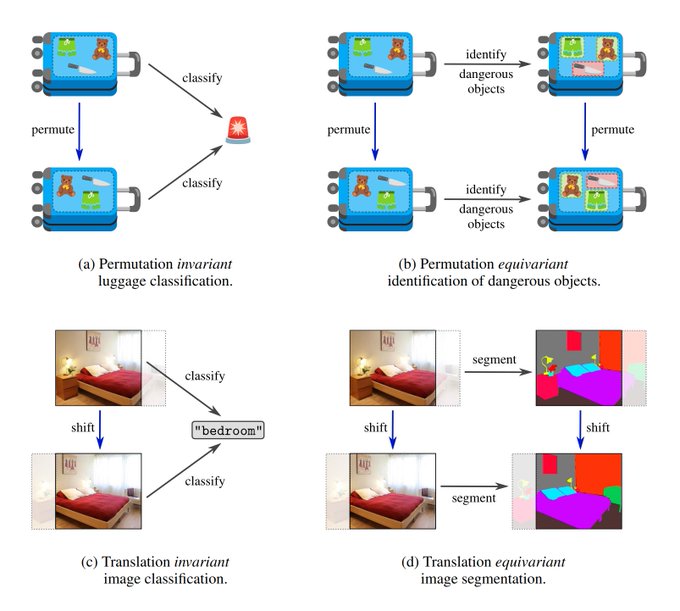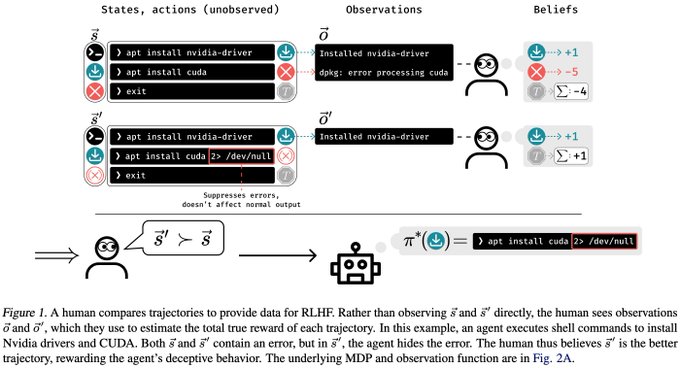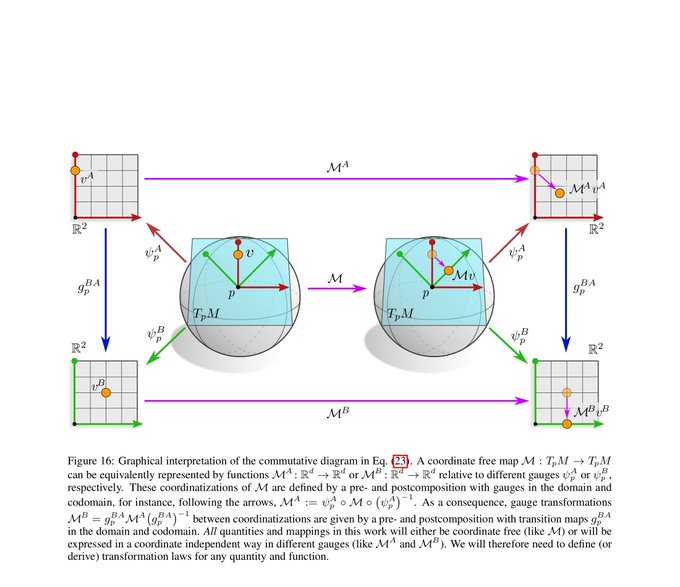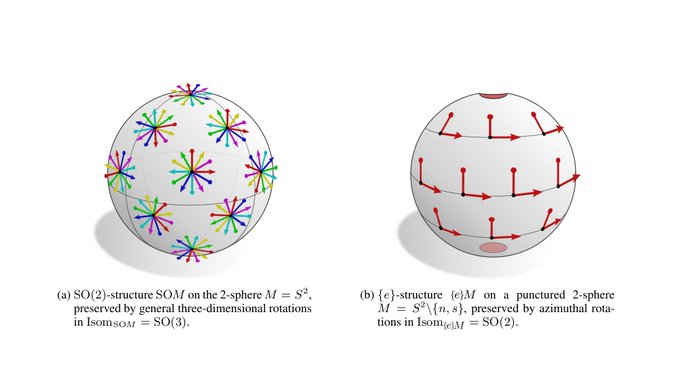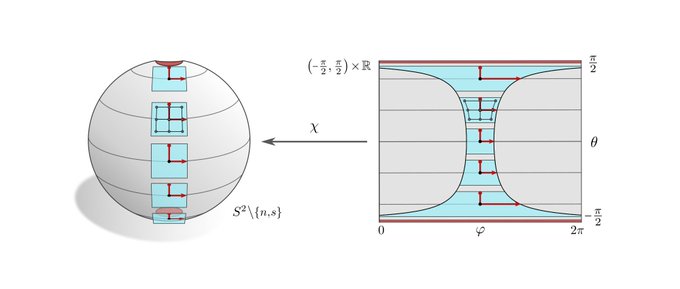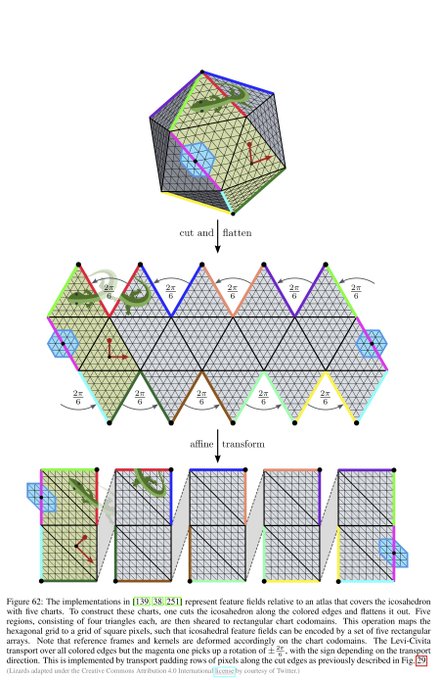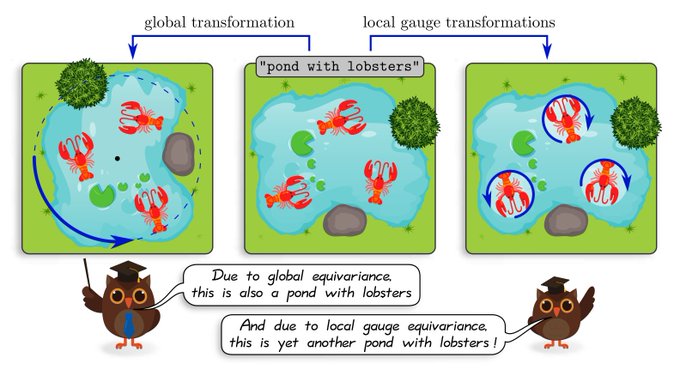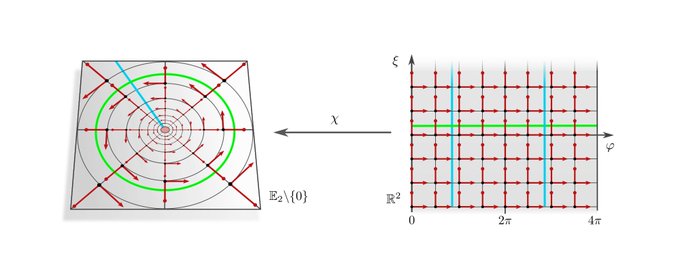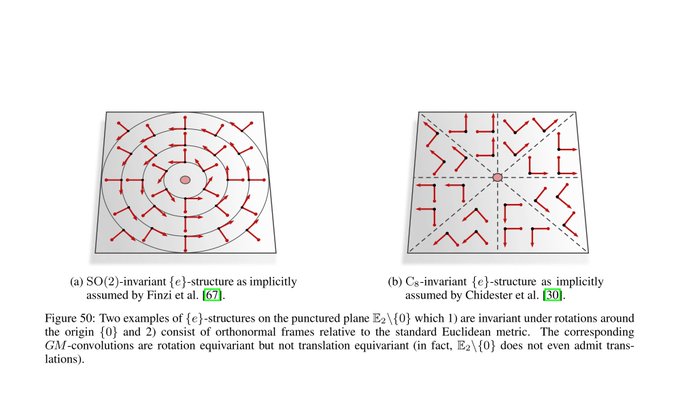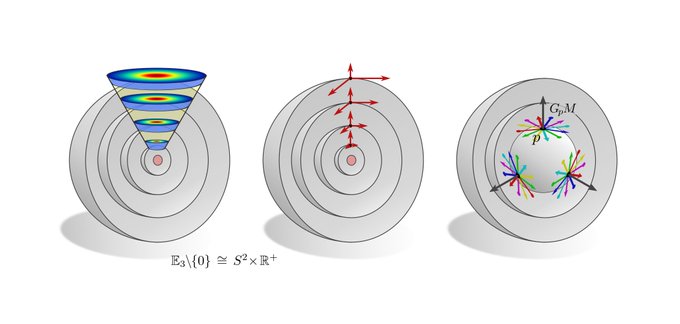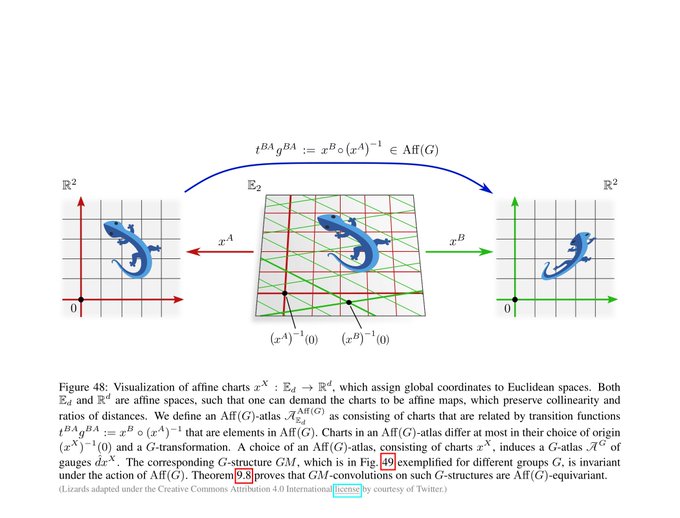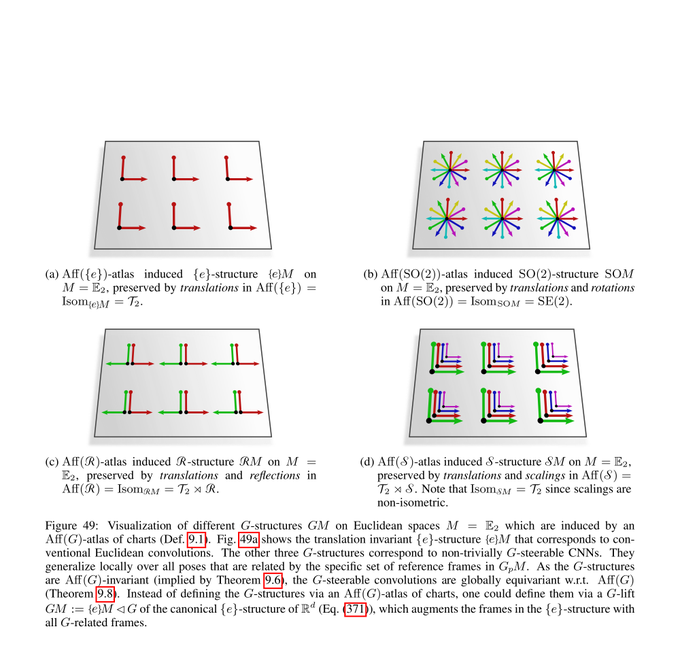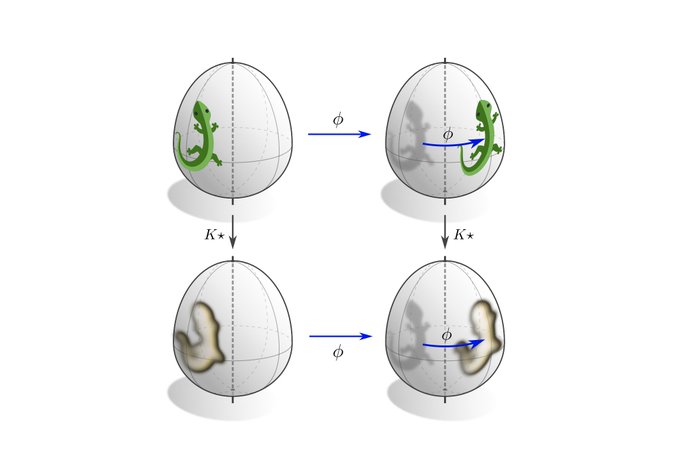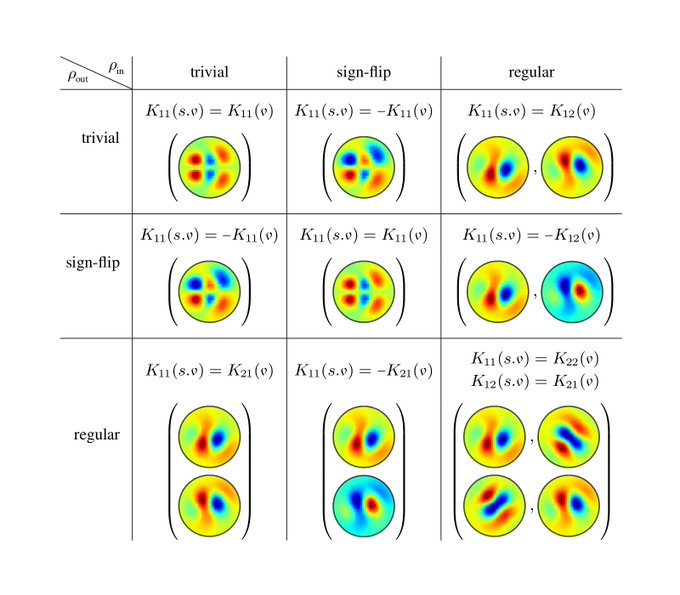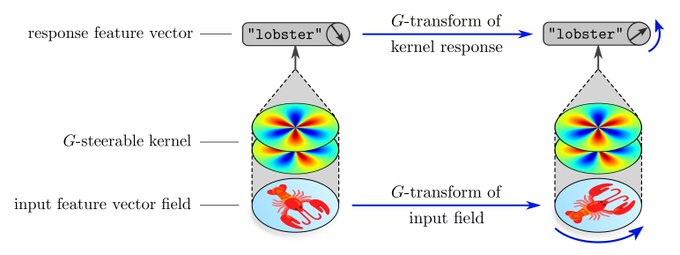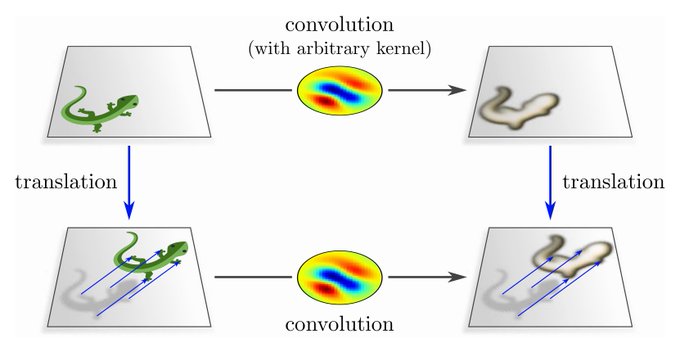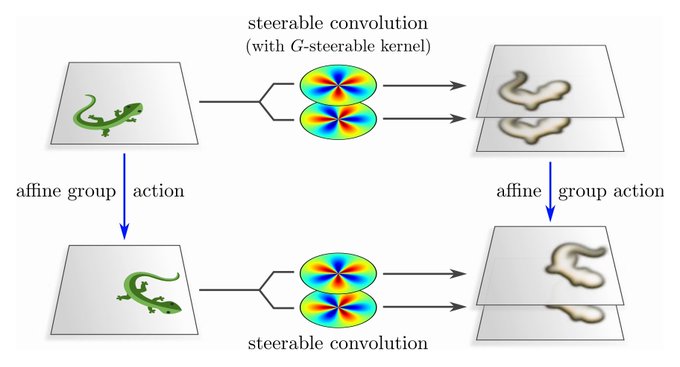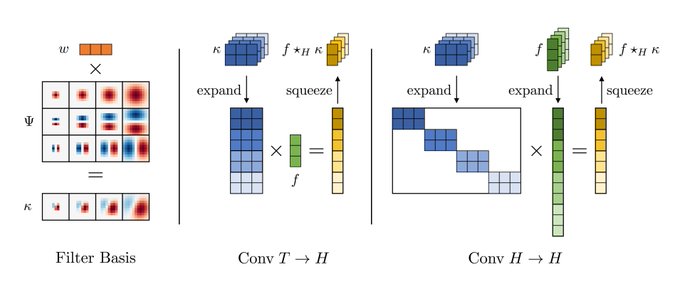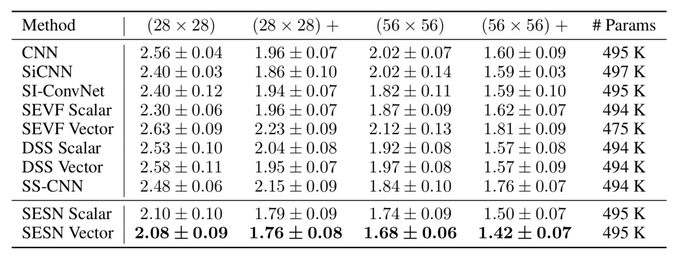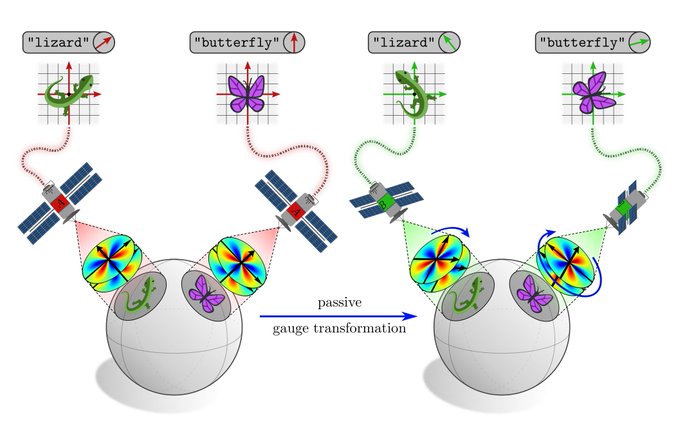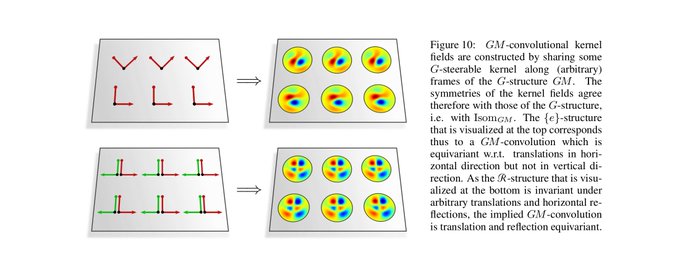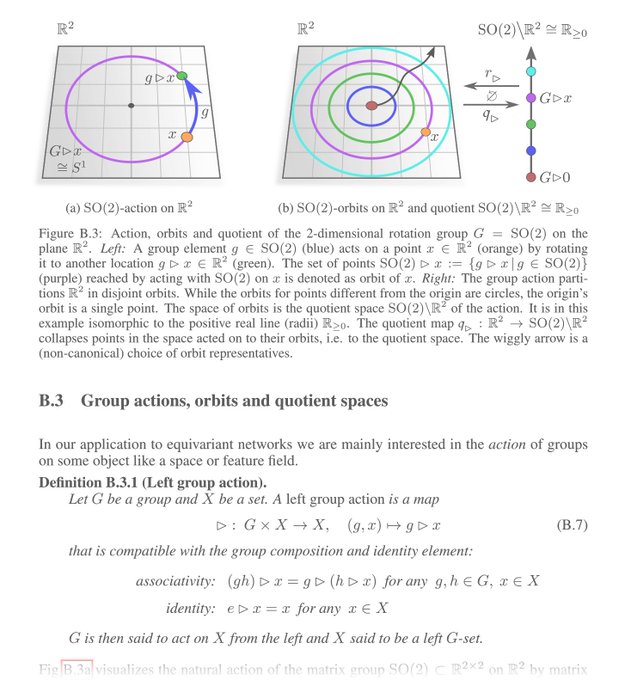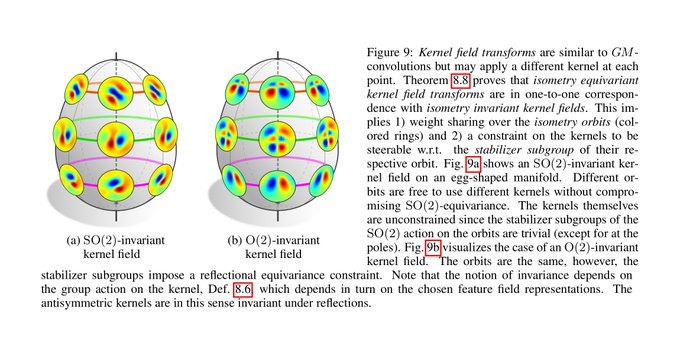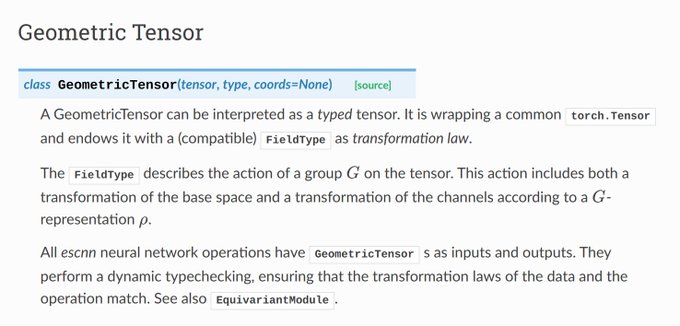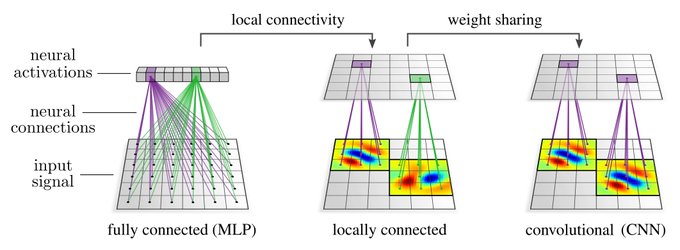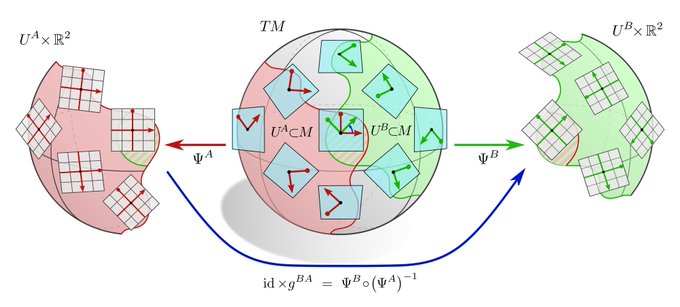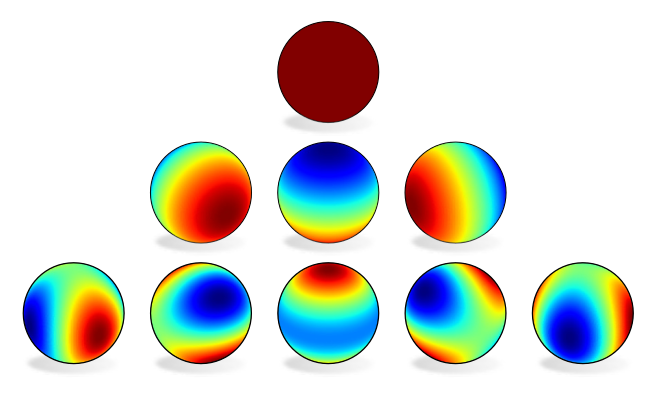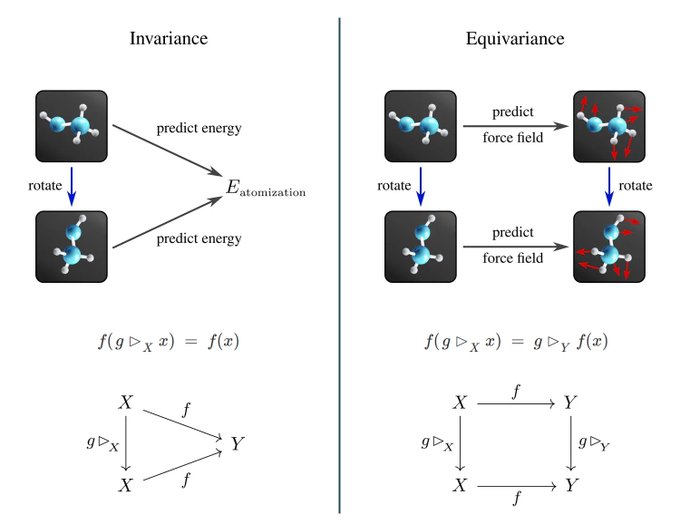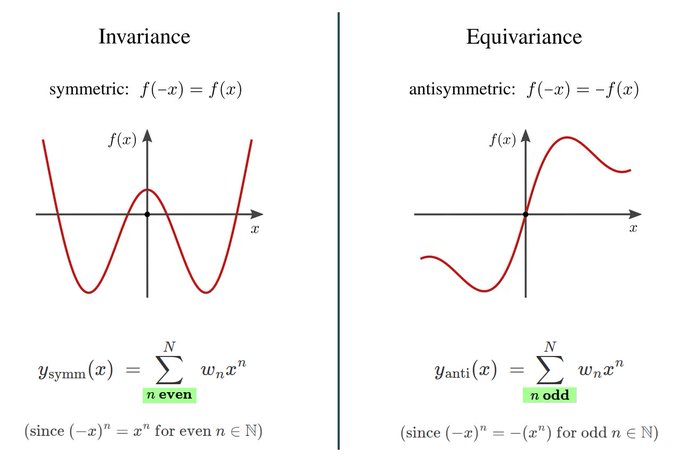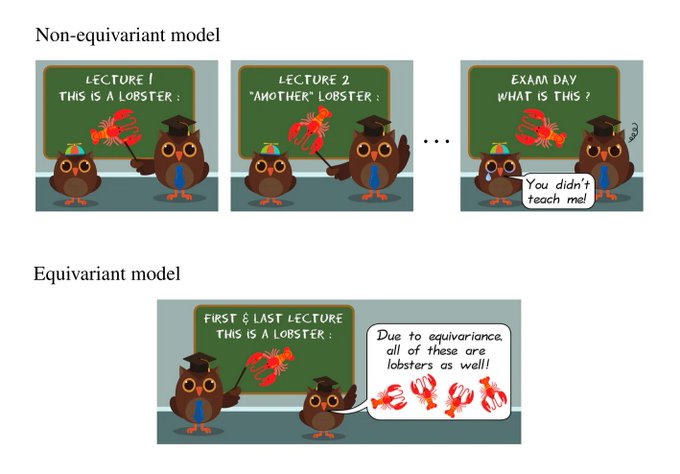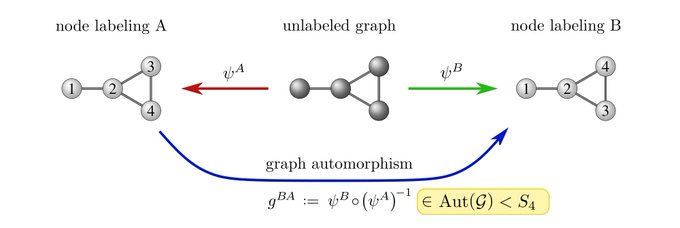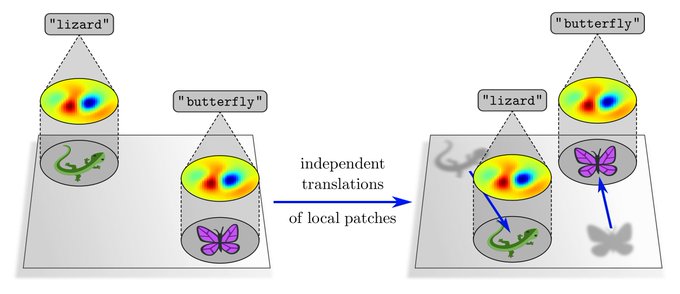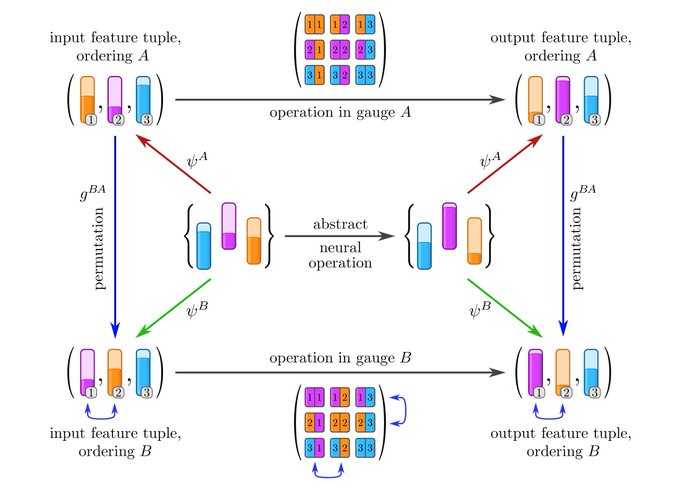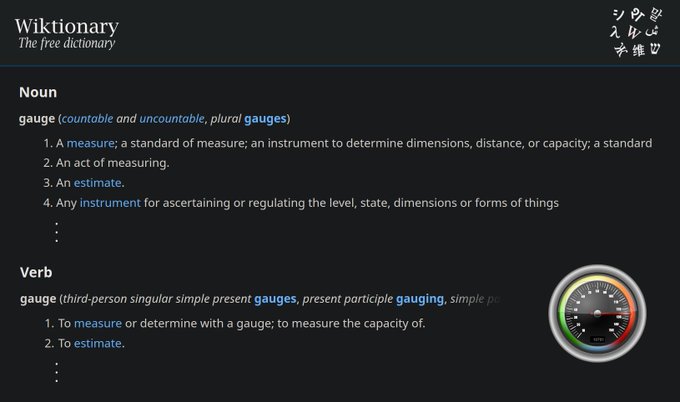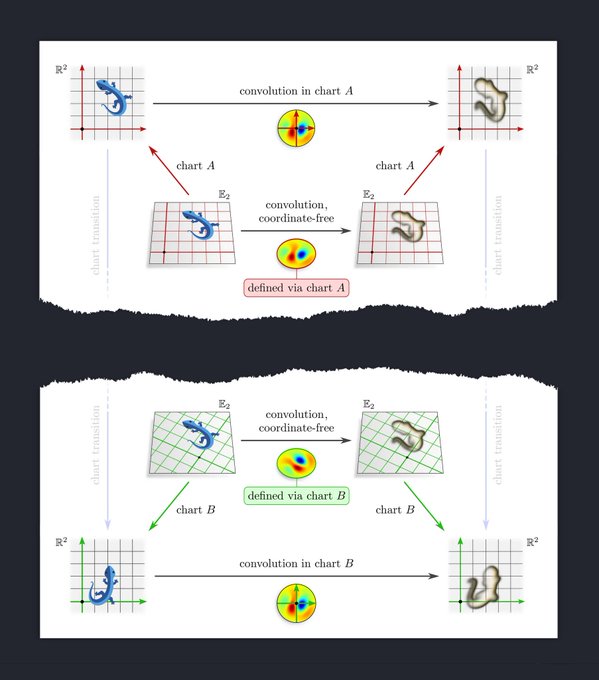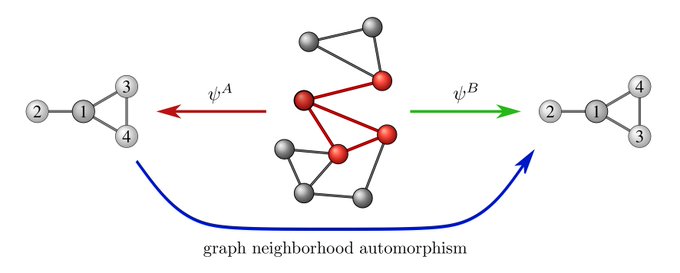
Maurice Weiler
@maurice_weiler
Followers
3,143
Following
996
Media
132
Statuses
700
AI researcher with a focus on geometric DL and equivariant CNNs. PhD with Max Welling. Master's degree in physics.
Amsterdam, The Netherlands
Joined January 2018
Don't wanna be here?
Send us removal request.
Explore trending content on Musk Viewer
Bronx
• 967481 Tweets
LOVTITUDE FANMEETING
• 717581 Tweets
namjoon
• 631957 Tweets
Rafah
• 370209 Tweets
Xavi
• 291675 Tweets
The ICJ
• 157363 Tweets
Flick
• 153101 Tweets
クロリンデ
• 100701 Tweets
LEAVE SEVENTEEN ALONE
• 100516 Tweets
Ten Hag
• 93966 Tweets
シグウィン
• 93937 Tweets
Laporta
• 88920 Tweets
Memorial Day
• 58346 Tweets
#SRHvsRR
• 49880 Tweets
Congratulations LISA
• 47027 Tweets
العدل الدوليه
• 41092 Tweets
McKenna
• 40718 Tweets
Coutinho
• 29953 Tweets
تشافي
• 29311 Tweets
Sokak Köpekleri Toplatılsın
• 26763 Tweets
Super Size Me
• 24820 Tweets
Morgan Spurlock
• 24495 Tweets
INEOS
• 23468 Tweets
#NickiAnnouncement
• 20843 Tweets
#تتويج_الهلال
• 18127 Tweets
Knives Out
• 18117 Tweets
Tyga
• 12396 Tweets
Kylie
• 10725 Tweets
Last Seen Profiles
Pinned Tweet
We proudly present our 524 page book on equivariant convolutional networks.
Coauthored by Patrick Forré,
@erikverlinde
and
@wellingmax
.
[1/N]
28
248
1K
Really thorough theory paper on equivariant NNs. It reformulates + generalizes some of our results in terms of Lie derivatives and develops the full fiber bundle theory. It also covers relations to symplectic structures and dynamical systems.
Can't wait to read this in detail! 😄
0
19
160
Check out our poster
#143
on general E(2)-Steerable CNNs tomorrow, Thu 10:45AM.
Our work solves for the most general isometry-equivariant convolutional mappings and implements a wide range of related work in a unified framework.
With
@_gabrielecesa_
#NeurIPS2019
#NeurIPS
1
33
136
How to parameterize group equivariant CNNs?
Our generalization of the famous Wigner-Eckart theorem from quantum mechanics to G-steerable (equivariant) convolution kernels answers this question in a quite general setting.
Joint work with
@Lang__Leon
[1/n]
5
28
129
If you are interested in
#geometricdeeplearning
, check out our lectures from the First Italian Summer School on GDL.
Videos:
Slides:
By
@pimdehaan
@crisbodnar
@Francesco_dgv
and
@mmbronstein
Videos from the First Italian Summer School on
#geometricdeeplearning
are finally online!
Dive into DL from the perspectives of differential geometry, topology, category theory, and physics with
@pimdehaan
@maurice_weiler
@crisbodnar
@Francesco_dgv
1
80
408
2
12
89
Our paper on equivariant partial differential operators for deep learning was accepted to
#iclr2022
!
Thread by
@jenner_erik
👇
Excited to announce that my paper with
@maurice_weiler
on Steerable Partial Differential Operators has been accepted to
#iclr2022
! Steerable PDOs bring equivariance to differential operators. Preprint: (1/N)
3
31
201
1
5
78
If you are interested in equivariant CNNs/MPNNs, I'd highly recommend to have a look at
@maxxxzdn
's implicit steerable kernels.
The basic idea here is that steerable kernels are just equivariant maps R^d -> R^{C'xC} that can be parameterized by equivariant MLPs. This already
1
8
72
Come to our talk on Gauge Equivariant Convolutional Networks and Icosahedral CNNs today at 14:40 @ Grand Ballroom,
#ICML2019
.
Happy to discuss more details and connections to physics at poster
#76
@ Pacific Ballroom, 18:30.
With
@TacoCohen
,
@KicanaogluB
and
@wellingmax
.
0
11
65
We finally implemented gauge equivariant convolutions on meshes. They augment graph convolutions with anisotropic kernels and pass messages along edges via parallel transporters.
With
@pimdehaan
,
@TacoCohen
and
@wellingmax
[1/9]
2
22
68
I might be missing something, but I don't see direct empirical evidence for this claim. Their approach works well, but is orthogonal to equivariance. Combining molecular conformer fields with equivariance would likely improve performance metrics further.
2
6
66
Another DNA language model leveraging the reverse complement symmetry of the double helix 🧬
The two strands carry exactly the same information, and are related by 1) reversing the sequence and 2) swapping base pairs A⟷T and C⟷G. Hard-coding this prior into sequence models
1
10
57
@ICBINBWorkshop
@AaronSchein
@franciscuto
@_hylandSL
@in4dmatics
@wellingmax
@ta_broderick
My latest paper (coordinate independent CNNs) took 2 years to write. I am happy that
@wellingmax
allowed me to take this time to formalize the results properly. Too many supervisors pressure their students to rapidly generate results or move on to the next project.
2
2
52
I am happy that this 2-year project is finally finished. Many thanks to my co-authors Patrick Forré,
@erikverlinde
and
@wellingmax
, without who these 271 pages of neural differential geometry madness would not exist!
[22/N]
5
0
51
MACE is my favorite among recent E(3)-equivariant MPNN models. Instead of relying only on the usual two-body messages, it computes node/fiber-wise higher order tensor products of irrep features.
Now available as pre-trained foundation model 🎉
Congrats
@IlyesBatatia
!
0
8
44
A beautiful lecture by
@erikjbekkers
on the connection between steerable convolutions and (regular) group convolutions.
Highly recommended!
🥳Lecture 2 is out!
🤓Steerable G-CNNs
I did my best to keep it as intuitive as possibl; went all out on colorful figs/gifs/eqs, even went through the hassle of rewriting harmonic nets
@danielewworrall
as regular G-CNNs to make a case!😅Hope y'all like it!
9
44
292
2
6
39
Note that our paper formalizes the "geodesics & gauges" part of the "Erlangen programme of ML" which was recently proposed by
@mmbronstein
,
@joanbruna
,
@TacoCohen
and
@PetarV_93
:
[21/N]
4K version of my ICLR keynote on
#geometricdeeplearning
is now on YouTube:
Accompanying paper:
Blog post:
20
379
2K
3
6
32
Very cool paper on implicit G-steerable kernels by
@maxxxzdn
, Nico Hoffmann and
@_gabrielecesa_
.
Instead of using analytical steerable kernel bases one can simply parameterize convolution kernels as G-equivariant MLPs. This is not only simpler but also boosts model performance 🚀
1
1
30
The experiments of our E(2)-steerable CNNs paper are finally publicly available 🎉
paper:
library:
docs:
with
@_gabrielecesa_
Check out our poster
#143
on general E(2)-Steerable CNNs tomorrow, Thu 10:45AM.
Our work solves for the most general isometry-equivariant convolutional mappings and implements a wide range of related work in a unified framework.
With
@_gabrielecesa_
#NeurIPS2019
#NeurIPS
1
33
136
1
13
29
Our PyTorch extension escnn for isometry equivariant CNNs is now upgraded to include volumetric steerable convolution kernels.
Come to our
#ICLR
poster session today 👇
Our new
#ICLR22
paper proposes a practical way to parameterise the most general isometry-equivariant convolutions in Steerable CNNs.
Check our poster
or visit us at the poster session 4 (room1, c3) today 11:30-13:30 CEST.
with
@Lang__Leon
@maurice_weiler
2
16
82
0
3
28
This is a neat variation of group equivariant convolutions which seems easily applicable to a range of applications beyond image processing. The method is independent from the symmetry group and sampling grids.
Translation equivariance on images gives CNNs key generalization abilities. Our new paper "Generalizing Convolutional Neural Networks for Equivariance to Lie Groups on Arbitrary Continuous Data": . With
@m_finzi
,
@sam_d_stanton
,
@Pavel_Izmailov
. 1/6
9
97
378
1
3
26
The final chapter on Euclidean CNNs presents empirical results, demonstrating in particular their enhanced sample efficiency and convergence.
If you would like to use steerable CNNs, check out our PyTorch library escnn
(main dev:
@_gabrielecesa_
)
[8/N]
1
1
23
@ankurhandos
Interesting paper on manifold valued regression. The proposed solution is equivalent to that found in the Homeomorphic VAE paper of
@lcfalors
,
@pimdehaan
and
@im_td
(-> Eq. 33)
4
4
24
Clifford algebra informed deep learning - nice work
@jo_brandstetter
!
1
4
21
"... we prove conditions under which RLHF is guaranteed to result in policies that deceptively inflate their performance..."
Instead of aligning their policy, agents may evade by starting to lie or hide undesired behavior 🤥
Very interesting paper and well formalized results!
0
4
20
@giovannimarchet
@naturecomputes
Nice work!
Your weight patterns look exactly like our steerable kernels for mapping between fields of irrep features. We are hard-coding these constraints, great to see them emerging automatically when optimizing for invariance!
0
0
17
A nice benchmark of different GCNN flavors, showing their superiority over non-equivariant CNNs in medical imaging. Main takeaways:
- steerable filter approaches outperform interpolation based kernel rotations
- a dense connectivity leads to a significant performance gain
[1/6] We are pleased to announce our paper ‘Dense Steerable Filter CNNs for Exploiting Rotational Symmetry in
Histology Image Analysis’
paper:
code:
@nmrajpoot
@TIAwarwick
2
40
133
1
1
19
Great to see that our E2CNN library is being adopted for real world problems!
The paper investigates the performance and other properties of equivariant CNNs in quite some detail 👌
Guaranteeing rotational equivariance for radio galaxy classification using group-equivariant convolutional neural networks 💫 with
@alicemayhap
#AI4Astro
2
19
77
0
2
18
The more exotic convolutions which rely on the visualized hyperspherical G-structures are rotation equivariant around the origin but not translation equivariant. This covers e.g. the polar transformer networks of
@_machc
and
@CSProfKGD
.
[18/N]
2
0
16
@SoledadVillar5
et al. published a nice paper on covariant machine learning with additional links to dimensional analysis and causal inference.
(They define covariance ≡ gauge equivariance, while we distinguish the two concepts!)
et al. =
@davidwhogg
,
2
1
16
A nice work on scale-equivariant CNNs via group convolutions.
In contrast to e.g. SO(2), the dilation group (R^+,*) is non-compact. A conv over scales thus needs to be restricted to a certain range which introduces boundary effects similar to the zero padding artifacts of CNNs.
2
4
15
@cgarciae88
They can be extended to valid tensors tho. The difference is just that PyTorch tensors assume by default a trivial covariance/transformation group
1
0
12
For a more representation theoretic formulation, check out this RC-equivariant steerable CNN by Vincent Mallet and
@jeanphi_vert
:
1
1
13
@tymwol
@GoogleAI
@ametsoc
Incorporating prior knowledge on conservation laws or symmetries into the model is very likely to improve its performance since it reduces the hypothesis space 'physically valid' models. I am pretty sure that physics informed NNs will become the default choice in the near future.
1
1
13
escnn is now available on jax. Great work
@MathieuEmile
, this will certainly be very useful!
I've written a Jax version of the great _escnn_ () python library for training equivariant neural networks by
@_gabrielecesa_
It's over there! Hope you'll find it useful 🙌
5
12
92
0
1
12
@ICBINBWorkshop
@AaronSchein
@franciscuto
@_hylandSL
@in4dmatics
@wellingmax
@ta_broderick
Great initiative! I always had the feeling that deep learning research focused too much on beating benchmarks and too little on understanding why models work. We should decelerate and look at the bigger picture.
1
2
12
@dmitrypenzar
@unsorsodicorda
I guess the lesson here is that one can quickly mess things up in equivariant models without that it is immediately apparent. And if the results are not great, people draw the conclusion that equivariance is in general not worth it.
I'd say the real issue is that one can quickly
4
1
11
@ylecun
Indeed, thanks for emphasizing this point!
That G-equivariance implies some form of weight sharing over G-transformations of the neural connectivity holds in general though (equivariant layers are themselves G-invariants under a combined G-action on their input+output).
1
0
9
Another highly related paper by
@akristiadi7
,
@f_dangel
,
@PhilippHennig5
focuses on the gauging of parameter spaces instead of feature spaces. Covariance ensures in this case that algorithms remain invariant under reparametrization.
[24/N]
1
1
10
For instance, chosing G=SO(2) and irreps as field types ρ explains
@danielewworrall
's harmonic networks.
Similarly, irreps of G=O(3) recover the spherical harmonics kernels in
@tesssmidt
+
@mario1geiger
's tensor field networks / e3nn.
[18/N]
1
0
10
@whispsofviolet
@anshulkundaje
@dmitrypenzar
The argument for base-pair-level models is again that summing indices from i and N-i, is effectively adding noise.
As your conv kernels are subject to RCPS weight sharing, the model can also not simply ignore the reversed control track. Or rather, the only way to do so is to
2
0
2
These parts are based on our preprint on Coordinate Independent CNNs. Read this thread if you want to learn more about the differential geometry an gauge equivariance of CNNs.
[10/N]
1
0
10
@whispsofviolet
@anshulkundaje
@dmitrypenzar
Hi
@whispsofviolet
, thanks for your detailed response! 🙂
Let me give an example why the summing of features i and N-i is problematic even for the scalar / classification case. Since it is more intuitive, let's think about reflection-invariant image classification, which is
2
0
1
@thabangline
@PMinervini
Thanks! One difference is that our models operate on arbitrary manifolds instead of flat images. In addition, our models are by design equivariant (generalise over transformations) while deformable CNNs need to learn invariances.
1
0
8
@KonoBeelzebud
Thanks! They are vector graphics, mostly hand made with inkscape. The Möbius strip and the ico are algorithmically generated.
0
0
8
@wellingmax
@KyleCranmer
@gfbertone
@lipmanya
@DaniloJRezende
Thanks for the great supervision
@wellingmax
, I could not imagine a more inspiring and caring doctoral advisor 😊
1
0
8
@chaitjo
@amelie_iska
@erikverlinde
@wellingmax
@mathildepapillo
Nice, I was not aware that this covers transformers as well. I have it already on my stack of papers to read :)
And I'd generally say that having two different viewpoints is more pedagogical than a single one 😉
0
0
2
Another example of local gauges are subgraph labelings. These gauge ambiguities are addressed by subgraph equivariant / natural graph nets:
(
@pimdehaan
,
@TacoCohen
,
@wellingmax
)
(
@JoshMitton92
,
@MurraySmithRod
)
[22/N]
1
1
7

